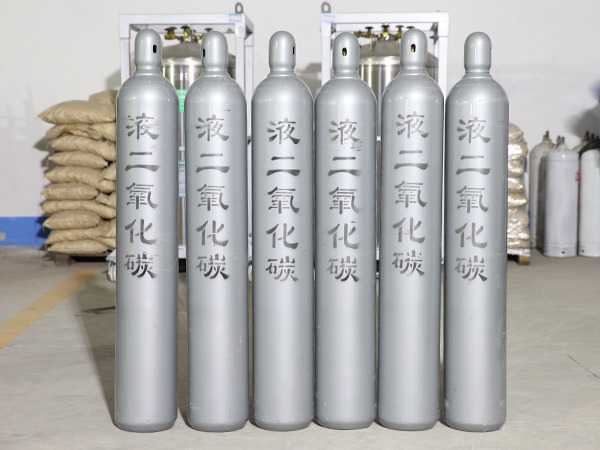Introduction to Electronic Gas
Gas industry - Gases used in the semiconductor industry are collectively called electronic gases. According to the classification, it can be divided into pure gas, high pure gas and semiconductor special material gas. The special material gas is mainly used in epitaxy, doping and etching process. High purity gases are mainly used as diluent and carrier gases. Electronic gases are an important branch of special gases. Electronic gases can be classified into electronic level, LSI level, VLSI level and ULSI level according to purity level and application situation.
Electronic gases is the development of integrated circuits, electronics, microelectronics, especially in very large scale integrated circuit, liquid crystal display device, semiconductor light-emitting devices and semiconductor materials indispensable fundamental support in the process of source material, it is called the "blood" and "food" of the electronic industry, its purity and cleanliness are the direct effect on the quality of optoelectronics, microelectronics components, integration, specific technical indexes and yield, and fundamentally restricts the precision and accuracy of circuit and device.
Common electronic gas - CO2
In recent years, with the rapid development of China's vLSI, flat panel display, photovoltaic power generation and other industries, the market demand for electronic gases has increased significantly, the localization of electronic special gases has been the trend of The Times. It is understood that China has made gratifying progress in localization: domestic high-purity ammonia has changed the monopoly market pattern of foreign gas companies, the era of high-purity tetrafluorocarbon "price without goods" has come to an end, and high-purity hydrogen chloride has successfully opened the domestic market.
At present, the main electronic gases are: silane, ammonia, carbon tetrafluoride, sulfur hexafluoride, hydrogen chloride, octanocyclobutane, methane, nitrous oxide, boron trichloride, hydrogen bromide, carbon monoxide, neon, krypton, etc.





 Facebook
Facebook YouTube
YouTube LinkedIn
LinkedIn Twitter
Twitter